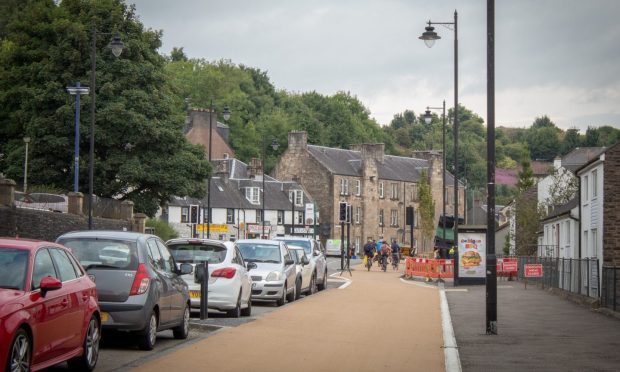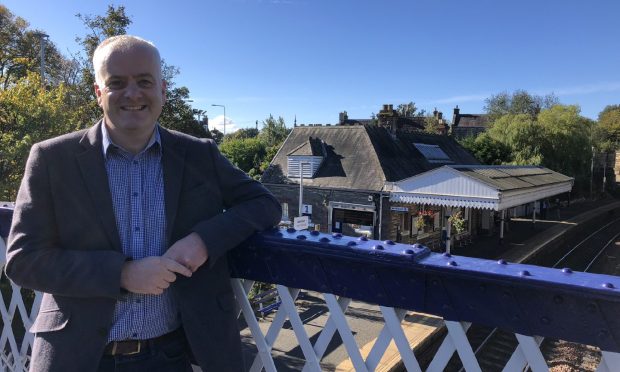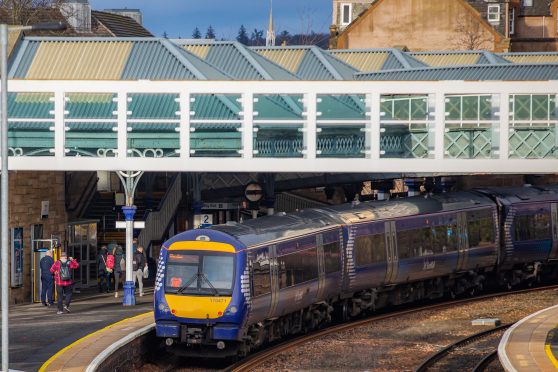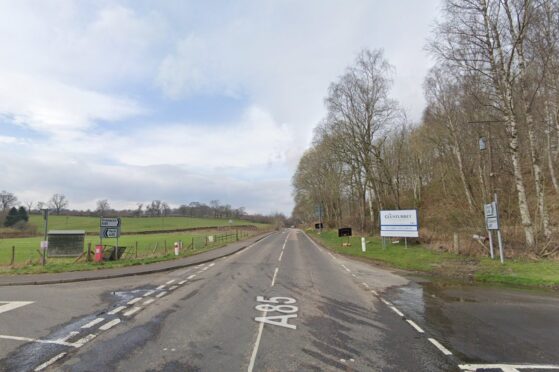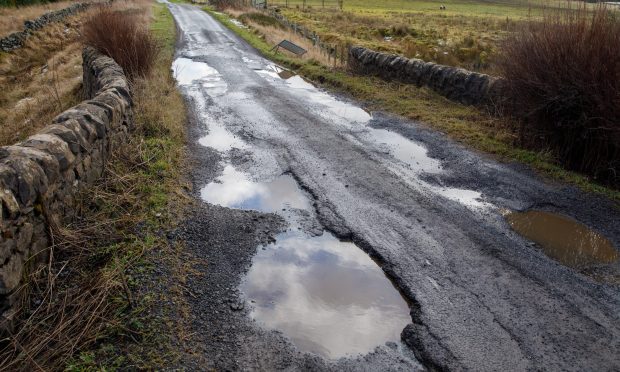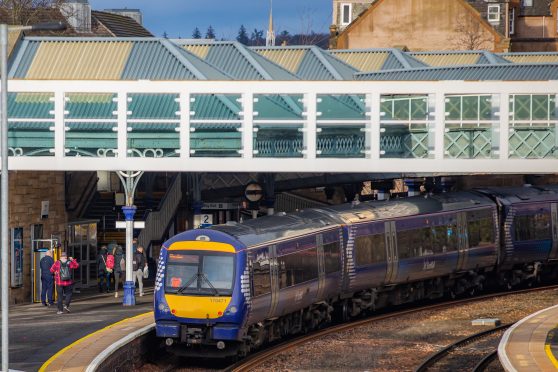New ice sensors and continued trials of the world’s first all-electric salt spreader will aim to keep traffic moving over the Queensferry Crossing this winter.
The main route over the Forth from Fife to Edinburgh had to close in February for the first time since it opened in 2017 when ice and snow fell from cables onto vehicles below.
.
The Scottish Government say improvements to its winter service should keep the country.
A record number of gritters will patrol the trunk road network – 230 operating from more than 40 depots across Scotland – as well as incident response vehicles and enhanced patrols in certain areas.
However, it is the installation of sensors on the Queensferry Crossing that could prove pivotal as efforts to improve the detection and management of ice accretion are stepped up.
Transport, infrastructure and connectivity secretary Michael Matheson said: “Our teams always look to learn lessons from previous winters and have once again worked hard throughout the year to ensure we are well prepared for when the worst of the weather arrives.
“This ranges from the use of new technology, like ice accretion sensors and motorway access units, to trialling new treatments and adding more gritters to our fleet.
“Transport Scotland will continue to work closely with key partners like Police Scotland and the Met Office throughout the winter to ensure we respond quickly and effectively to weather events on the trunk road network.
“It’s also important that motorists prepare for winter, and there are plenty of sources of information that will help them plan ahead.
“We can’t always predict the weather but we can put plans in place to help keep Scotland moving when the winter conditions move in.”
In addition to the sensors, the world’s first all-electric spreader will be deployed on both the Queensferry Crossing and Forth Road Bridge as part of an ongoing trial which started last winter.
A trial of 50:50 pre-wetted salt treatments is also ongoing to see how effective they are, and the latest combination spreader from Germany will be used on the M8 and surrounding routes.
Police Scotland will also have staff based at the Traffic Scotland National Control Centre in South Queensferry, while a dedicated Met Office advisor will also alert key partner agencies to any potentially problematic forecasts.


